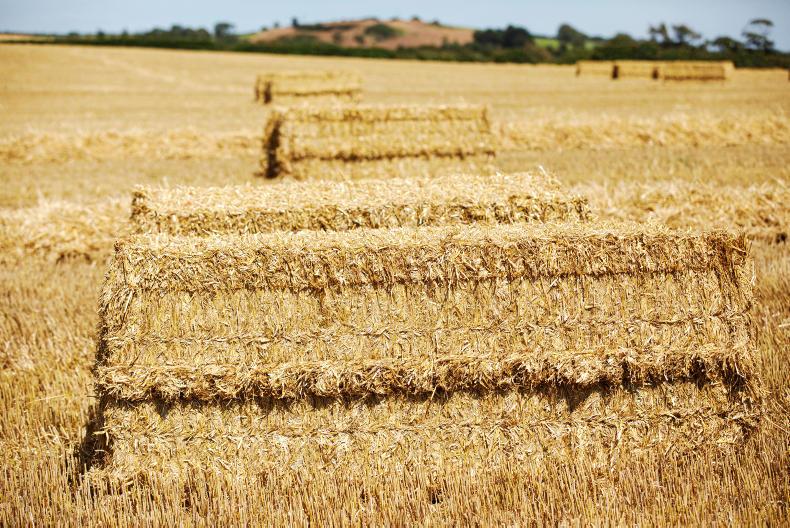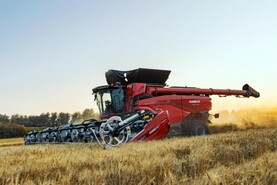Harvesting: A very broken week has resulted in relatively little harvesting and now crops are largely ripe. Straw is becoming increasingly brittle in many crops. It seems likely that heads will be lost if crops are not cut soon and the forecast remains very broken.
As harvesting of winter barley moves north, the combined impact of the winter wet and summer drought are increasingly obvious. Averages of 3t/ac are very common, and some are even lower. Light land is even poorer. Some growers report their worst winter barley yield ever.
Grain quality is almost universally good with delivered specific weights generally above 65KPH giving dry samples above 70KPH. This reflects good grain fill but low grain number. These crops are generally thin and low stem counts add to risk of ear loss associated with straw breakdown.
Straw: Ripe crops have discoloured in the rain and there is a lot of straw awaiting baling also. While straw volumes were good in the south grain where yields were good, bale yield is back to 7-8 bales/ac where crops are yielding below 3.5t/ac. Scarcity is an increasing possibility but some buyers have indicated a reduced requirement due to stocks.
Gathering straw has been problematic. Swaths that got rained on are slow to dry out and many areas did not get enough dry weather to get straw dry and baled. The longer it is on the ground the more difficult it can be to save.
Burning off: The impact of drought and rain on spring crops is increasingly obvious. Patches in fields that were badly hit by drought are now totally green again as huge numbers of green tillers came through where the crop was very thin. While late tillers are present in most crops, the problem is much worse in crops that were worse hit.
At this point it seems inevitable that many such crops will need to be burned off with glyphosate for harvest. However, if a problem is confined to only a few patches, and if a crop may make premium grade, such as malting or porridge, one should seriously consider cutting the good part of the crop and leaving the green patches for spraying off later. Many crops are too bad to have this option.
Risk management: In general winter barley is disappointing and the area in the ground might have been more than double had there been weather suitable for planting. Who knows how other crops will turn out but it seems likely that many of them will be affected by the drought.
Spring barley was the big substitute crop. This had looked very poorly for a long time, but crops may have picked up a bit after the rain.
While the three crop rule is seen as an inconvenience, having all our eggs in one basket is high risk. The more crops we grow, the more we tackle this risk, which we assumed for years to be zero. Rotation is important for many reasons. Crops sequence is important, as is where we plant different crops. But whatever the yield limiting factor is, a spread of crops to help spread this risk is a sensible precaution.






 This is a subscriber-only article
This is a subscriber-only article









SHARING OPTIONS: